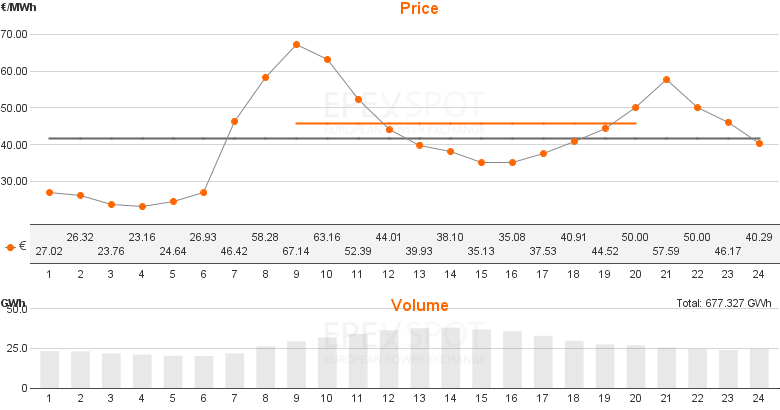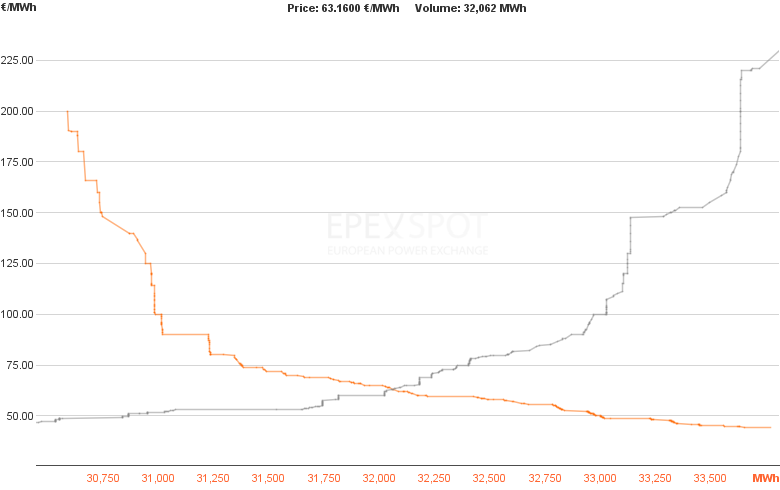John Quiggin has a post in which he argues that, if baseload demand exists in any meaningful sense, it is much lower than current offpeak demand. I want to paraphrase and expand on what he said.
There is no such thing as a “natural” or baseload level of demand. There is a demand curve that plots quantity demanded as a function of price (or if you’re trained as an economist, the other way around). There is a 3rd dimension of “time of day” (or more strictly, time of week, if I can say that): the curve of quantity-versus-price shifts in and out over the day. The entire thing then shifts out slowly over time as population and the economy increase.
At most, we might say that there is a region of the demand curve for the offpeak period that is highly inelastic with respect to price. Quiggin is arguing that that region would only be for quite small amounts of power, distinctly less than we currently see in offpeak load figures.
The reason lies in the economics of our current electricity supply through coal-fired power stations. (Side note: I’m not 100% certain of these points – if anyone can confirm or deny them, I’d be glad to hear from you):
- There is some range in the thermal output of a single furnace (it’s not simply all or nothing), but real variation comes from switching entire furnaces off and on.
- The cost of moving within the output range of a given furnace is essentially just the fuel cost; the concurrent manpower required and the maintenance needs accrued are unchanged.
- There are economies of scale in concurrent manpower when increasing the number of furnaces. Moving from one furnace to two does increase the staff requirement, but it does not double it.
- There are significant one-time costs associated with starting (and possibly also with shutting down) a furnace, largely due to accruing future maintenance costs. This means that once you start a furnace, you want to keep it running as long as possible so as to amortise that cost over the greatest amount of output.
The upshot of these points (and all of them point in the same direction) is that a cost-minimising coal-fired power station is one with many furnaces that are shut down as rarely as possible. In other words, they ideally want to supply a large and constant amount of power to the grid.
But the demand curve at 3pm is a lot further out than at 3am. The coal powered stations can handle this a little bit by scheduling all non-emergency maintenance overnight, but ultimately, they face a conundrum: the demand simply doesn’t exist — at any price — to meet their cost-minimising supply in the dead of night. So they compromise by shutting down some furnaces (which raises the average cost of the remaining power generated) and lowering the offpeak price by half (which lowers the average revenue they receive for that power) in order to raise the quantity demanded.
Quiggin is contesting that the increase in quantity demanded during offpeak is significant compared to the “true baseload” demand, the quantity that would be demanded at 3am at just about any price.
In contrast, solar power, in particular, would have supply shifting in and out over the day along with demand.


